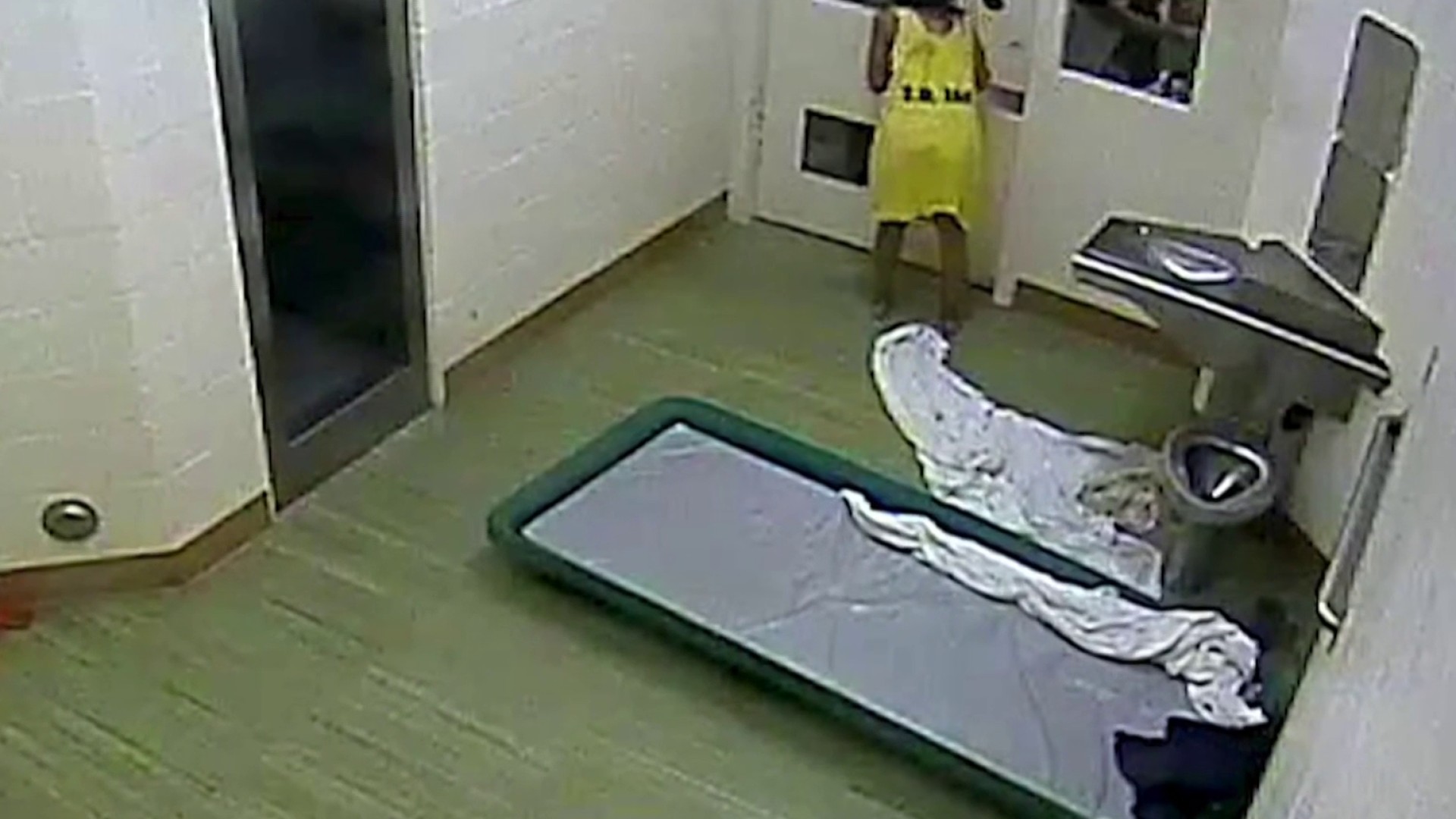Despite a 5 percent drop in overall violent crime in San Diego County, reported rapes were up by 14 percent last year compared to 2013, according to SANDAG’s most recent annual report.
According to SANDAG’s findings, the 2014 increase “may reflect the greater inclination by survivors to report the crime and not necessarily an increase in the number of actual offenses.”
The study sites statistics in the National Crime Victimization Survey (NCVS) which shows that 46 percent of overall violent crime was reported to law enforcement in 2013, while only 35 percent of rape and sexual assault cases were reported.
SANDAG’s research says 78 percent of rapes reported to San Diego County law enforcement in 2014 were categorized as “completed” and 22 percent as “attempted.”
SANDAG says that when looking historically at the number of rapes reported to officials, it’s important to note there has been a “greater number of slight fluctuations” in the number of reported rapes, but only a 1 percent decreased from 1980 t0 2014.”
For instance, in 1988 – the most historical year available – the percentages of completed rapes reported to law enforcement and attempted rapes reported were 71 and 29, respectively.
According to the NCVS, the rate of rape and sex assault among women ages 18 to 24 was higher for nonstudents than students. The study says that in approximately 80 percent of the cases, regardless of whether the survivor was in college or not, the offender was known to the survivor.
Local
Nonstudents were also more likely to report a rape to officials compared to those who were students, the study notes. About 26 percent of students and 23 of nonstudents who did not report the crime to law enforcement believed the incident was a “personal matter” and 20 percent didn’t report the rape “out of fear of reprisal.”
SANDAG’s research says that between 1994 and 2013, 16 percent of student survivors and 18 percent of nonstudent survivors of rape and sexual assault received assistance from a service agency after the crime.
The study concludes that the data may dispel some of the myths about rape and sexual assault, “ the chief among them that the offender is typically a stranger, when in fact the offender is someone the survivor known in the majority of incidents.”
“The personal may be one of the reasons many survivors chose not to report,” the study states.
Moving forward, the study says there have been significant changes to what constitutes rape and this is expected to have an impact on the number of rapes reported in 2015, as well as overall violent crime data.
Prior to Jan. 1, 2013, rape was defined by FBI Uniform Crime Reporting standards as “the carnal knowledge of a female forcibly and against her will.”
The new definition has been broadened to include the victimization of both women and men and now states rape is the “penetration, no matter how slight, of the vagina or anus with any body part of object, or oral penetration by sexual organ to another person, without the consent of the victim.”
San Diego County law enforcement agencies began using the new definition of rape in January 2015.
Survivors of rape or sexual assault can report the crime by calling 911. In San Diego County, survivors can call the Center for Community Solutions 24-hour hotline at (888) 385-4657. The Rape, Abuse and Incest National Network (RAINN) also runs a 24-hour hotline on its website.



